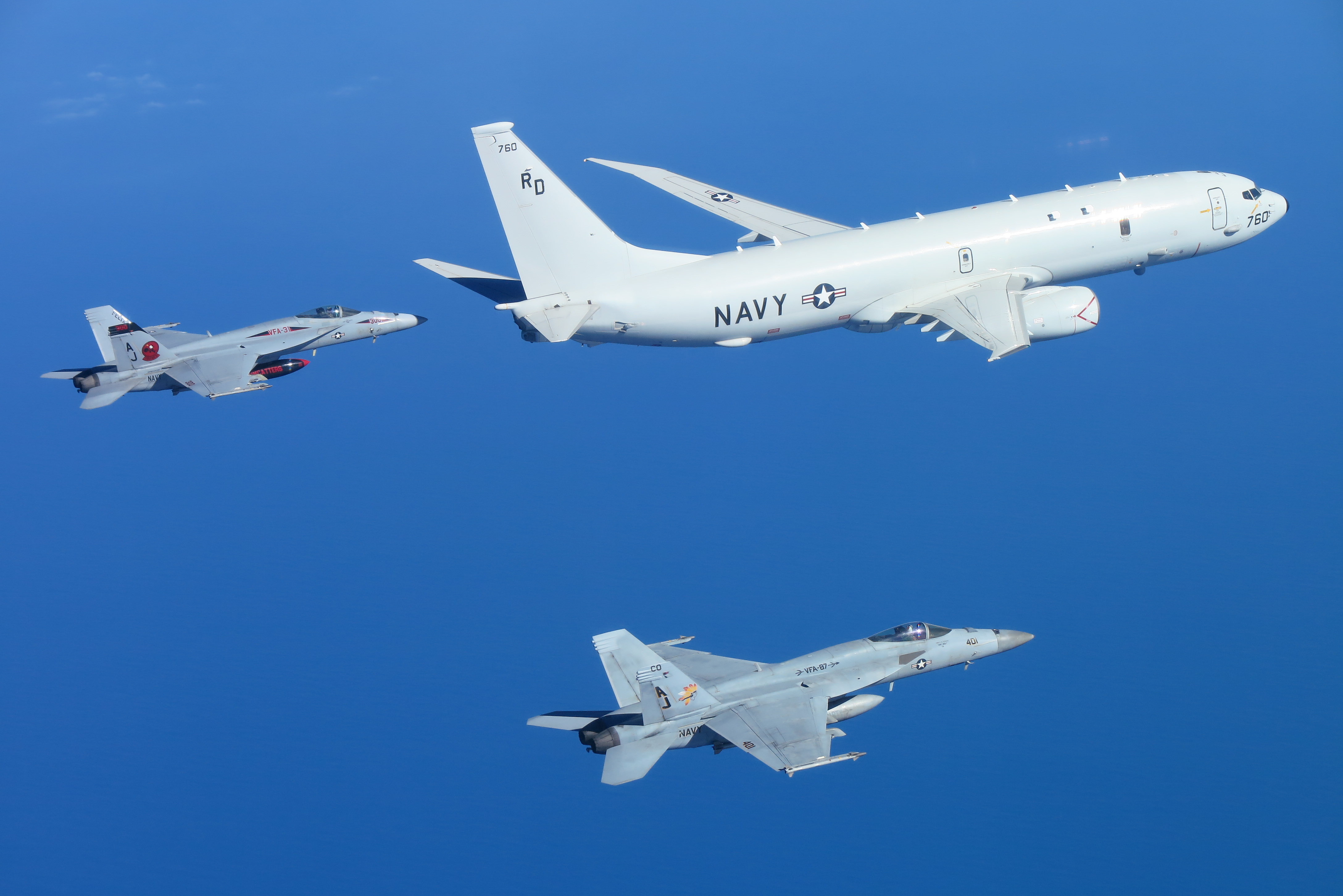P-8 Poseidon

On April 25, the American P-8 Poseidon maritime patrol aircraft celebrated its 15th anniversary. It was developed by Boeing for the U.S. Navy under the Multimission Maritime Aircraft program to replace the renowned Lockheed P-3 Orion.
On that day in 2009, the first prototype of the aircraft took flight at the Renton airfield (a suburb of Seattle, Washington). It was developed based on the Boeing 737-800 passenger airliner. Serial production began the following year and continues to this day. As of March 2024, 178 units have been built in three main variants.
The serial P-8A is equipped with two CFM56-7B27A turbofan engines, each providing over 13 tons of thrust. The aircraft is fitted with special systems, including a multi-mission surface search radar. The crew consists of two pilots and up to seven operators. The Poseidon has a length of 39.47 meters, a wingspan of 37.64 meters, a maximum takeoff weight of 85,820 kg, a maximum speed of 907 km/h, and a ferry range of 8,300 km. It can carry up to 9 tons of armament on 5 internal and 6 external hardpoints, including AGM-84 Harpoon anti-ship missiles, anti-submarine torpedoes, sea mines, and depth bombs.
The Poseidon is designed for detecting and destroying submarines, maritime reconnaissance, anti-ship, and rescue operations. It can operate both in coastal areas and in the open ocean.
Besides the U.S. Navy, the aircraft has been deployed in the naval aviation of Australia, the United Kingdom, India, Canada, New Zealand, Norway, and South Korea. Germany will receive its first Poseidons in 2025.
In 2012, the P-8A made its debut in international military exercises. The following year, its combat deployment began. Since then, Poseidons have been serving both at bases in their own countries and abroad. For instance, on April 13–14, 2022, American aircraft operating from the Italian Sigonella Air Base in Sicily patrolled the western part of the Black Sea, exactly at the time when the Ukrainian Defense Forces destroyed the Russian missile cruiser 'Moskva'.

 Fan-page
Fan-page Youtube
Youtube TikTok
TikTok Aviamuseum
Aviamuseum State Aviation Museum
State Aviation Museum

_1714029264_1.jpg)
_1714029359_1.jpg)
_1714029384_1.jpg)
_1714029406_1.jpg)